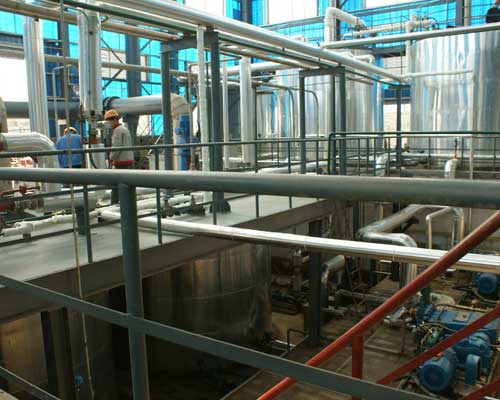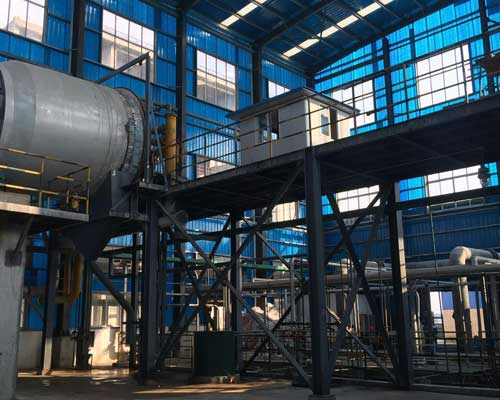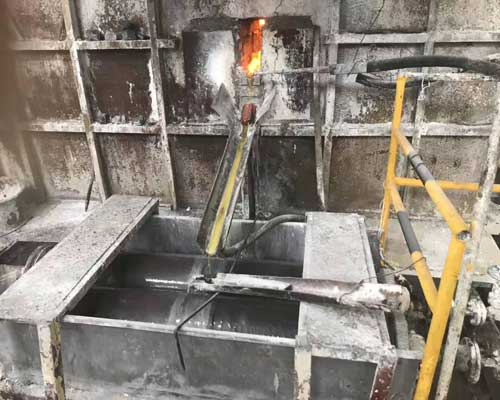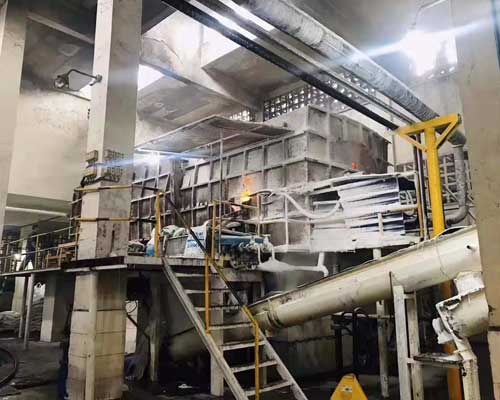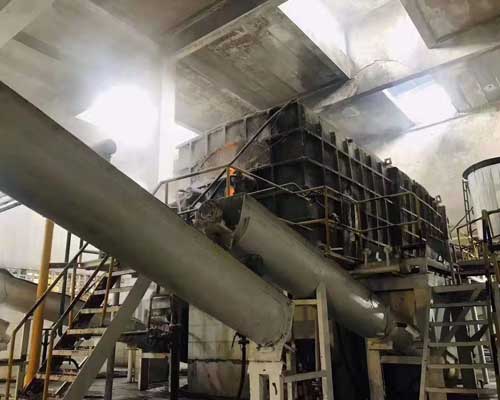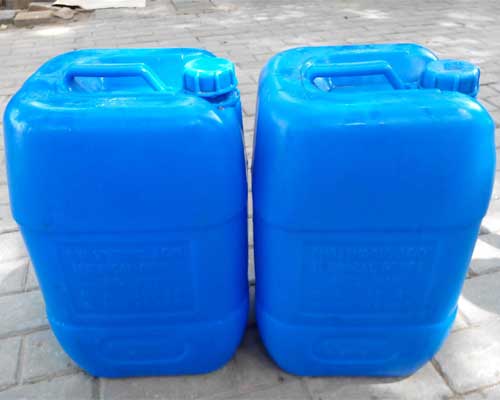
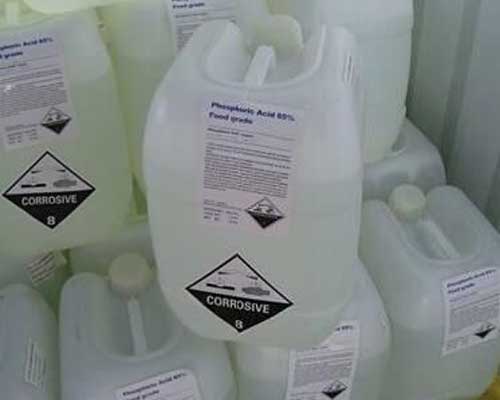
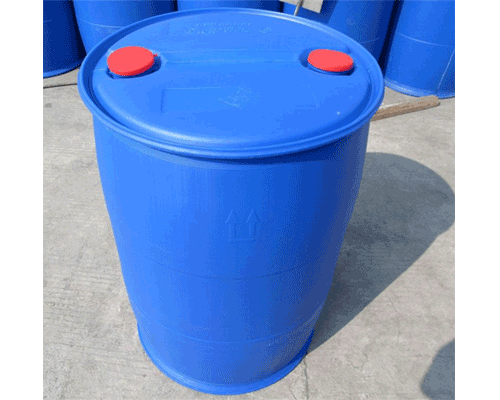
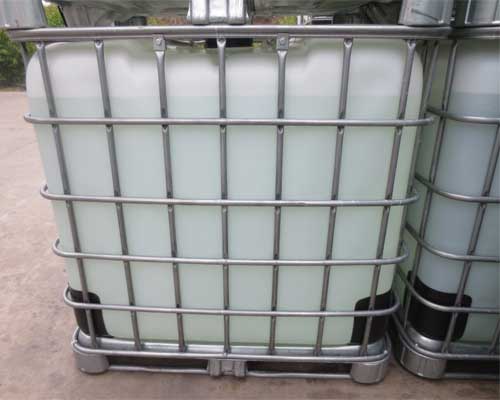
About Phosphoric Acid Manufacturer - Chemate
If you plan to purchase phosphoric acid in bulk, choose a reliable and professional phosphoric acid manufacture&supplier is very important. Chemate is a comprehensive enterprise integrating production, research and development, sales and service based on phosphorus chemical industry. With more than 15 years of production and export experience, we have professional production experience with advanced technology and equipment. If you need food grade phosphoric acid, we will be your ideal choice. Feel free to inquiry us for quotation.
Package of Phosphoric Acid for Sale in Chemate
Packaged in IMO approved plastic drums, net 35kgs, 330kgs/plastic drum, or net 1650kgs/IBC tank.
85% Phosphoric Acid Package
| N.W | G.W | Qty of Drums/20’fcl | Loading | |
| 1 | 35kgs/drum | 36.5kgs/drum | 760drums | Net 26.6MT per 20’fcl |
| 2 | 330kgs/drum | 340.5kgs/drum | 80drums | Net 26.4MT per 20’fcl |
| 3 | 1650kgs/IBC | 1710kgs/IBC | 16drums | Net 26.4MT per 20’fcl |
75% Phosphoric Acid Package
| N.W | Qty of Durms/20’fcl | Loading | |
| 1 | 33kgs/drum | 760drums | Net 25.08MT per 20’fcl |
| 2 | 310kgs/drum | 80drums | Net 24.8MT per 20’fcl |
| 3 | 1600kgs/IBC | 16drums | Net 25.6MT per 20’fcl |
Tell us more about your requirements, such as, model, quantity, package, etc. Quotation will be sent to you quickly.
Get A Free QuoteWhy Choose Phosphoric Acid Supplier in China
Superiority of price. China is vast and rich in raw materials. The cost factor mainly revolves around the trend of raw material yellow phosphorus.
Quality assurance. As a big country in the world’s largest phosphorus chemical industry, phosphoric acid manufacturers in China have been constantly improving production technology and equipment, improving the quality of phosphoric acid.
Favorable conditions for Marine transportation. Phosphoric acid for sale in our company can be exported to many countries and regions all over the world.
How Is Phosphoric Acid Made
Firstly, the electric furnace is used to restore phosphorus furnace and the phosphorus in the ore is sublimated and then cooled and liquefied by dust removal. Then the liquid phosphorus is burned, hydrated and defogged to make phosphoric acid. The thermal phosphoric acid has high energy consumption, but it can get high purity phosphoric acid.
The production of phosphoric acid includes combustion of phosphorus and hydration of anhydride. The main production method of producing phosphoric acid is now the two-stage method, which refers to the process of producing phosphoric acid by condensing the steam of phosphorus in the electric furnace into liquid phosphorus and then combustion water. In order to improve the products quality, phosphoric acid for sale in many factories are produced by thermal method.
This method uses inorganic acid to decompose phosphate rock powder, and form crude phosphoric acid after filtration and separation and orthophosphoric acid is obtained after concentration. Wet-process phosphoric acid has lower cost than thermal phosphoric. But the impurity content is high, which can only be used to produce agricultural grade phosphorus compound fertilizer. After proper purification, the purity can be comparable to that of thermal orthophosphoric acid. In addition, according to different inorganic acids used, the wet-process phosphoric acid can be divided into sulfuric acid, nitric acid and hydrochloric acid.
When sulfuric acid reacts with phosphate rock, there are usually two kinds of products, one is phosphoric acid in liquid phase, the other is calcium phosphate crystal with small solubility, so the liquid-solid separation is easy to realized. The so-called wet-process phosphoric acid is produced by decomposing phosphate rock with sulfuric acid.
At different reaction temperatures and phosphoric acid concentrations, calcium sulfate has three forms, anhydrous calcium sulfate, calcium sulfate hemihydrate, calcium sulfate dihydrate. So the production process of wet-process orthophosphoric acid can be further divided into an anhydrous method, a semi-aqueous method, a dihydrate method and a semi-water-dihydrate method. At present, most factories are using the dihydrate method to produce.
